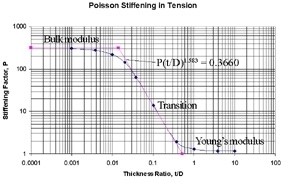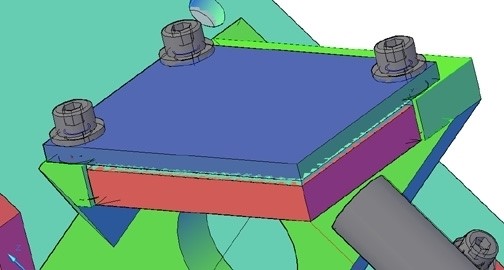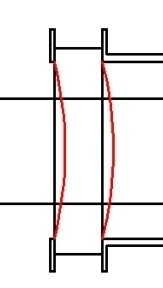Colleagues:
I’ve shared with you the tale of the errant window in a vacuum chamber where the issue with the instrument under test was less a change of the effective focal length than a change in the back focal length. Well, here’s another tale along a similar vein.
It concerns a lens for cameras used in clusters to make large panoramic images stitched together from the smaller individual images. The lens had to be entirely passive, no adjusting mechanisms were allowed. They came up with an ingenious combination of glasses that would produce the required image quality as well as exactly balance out the thermal expansion of an aluminum alloy structure so as to stabilize the effective focal length over a broad range of temperatures. In service tests the image size was perfect for stitching but the image was out of focus at the extreme temperatures. They had assumed that the second principal plane (and therefore the back focal length) was stationary.
The situation becomes evident when the prescription is put into Ivory. Importing Ivory’s output file into a spreadsheet permits calculation of both the focus registration sensitivity, Tzi/C°, and the image size sensitivity, DM/Mi-C°.

Control of two dependent degrees of freedom,
image size and image focus, requires two independent variables. Only the
properties of the aluminum alloy in the housing were available so only one of
the variables could be “zeroed.” The back focal length was left
to float with the focus registration, TZi/C. Rummor has it that they
finally added a focus mechanism.
The Ivory Optomechanical Modeling Tools provides the engineer access to these
behaviors of optical images, avoiding much embarrassment.
The all new Ivory 3.0 is now available with
annotated project files, diffraction gratings, Unified Nastran modeling and
much, much more.
And just in time for Valentine’s day!
Al H.
2-5-15













